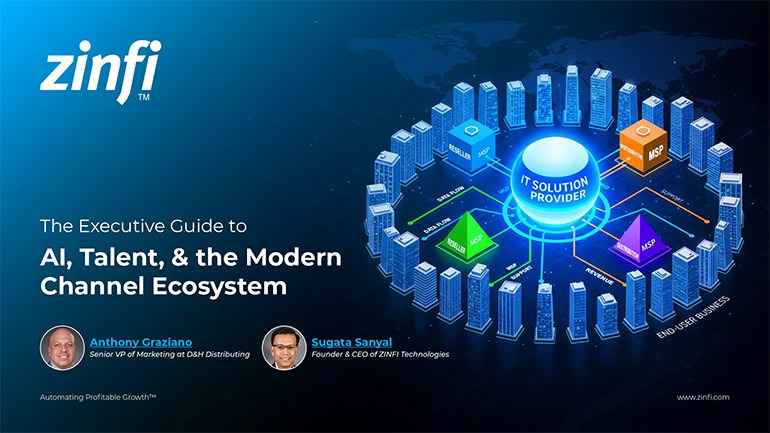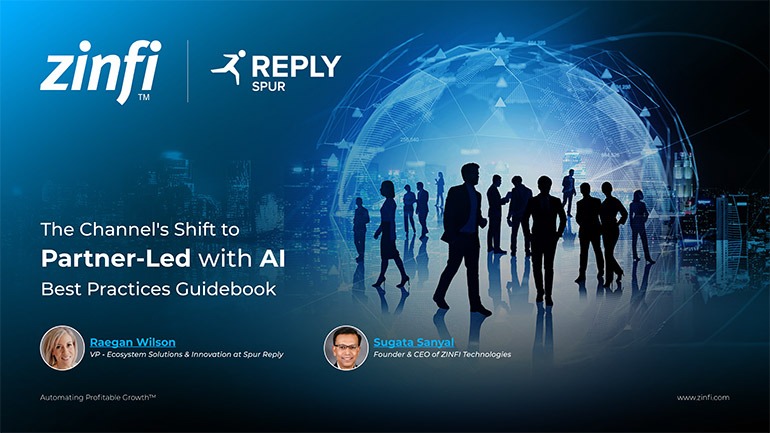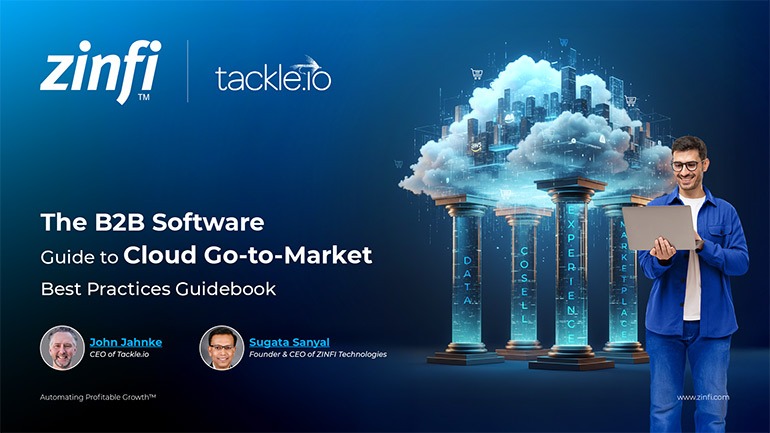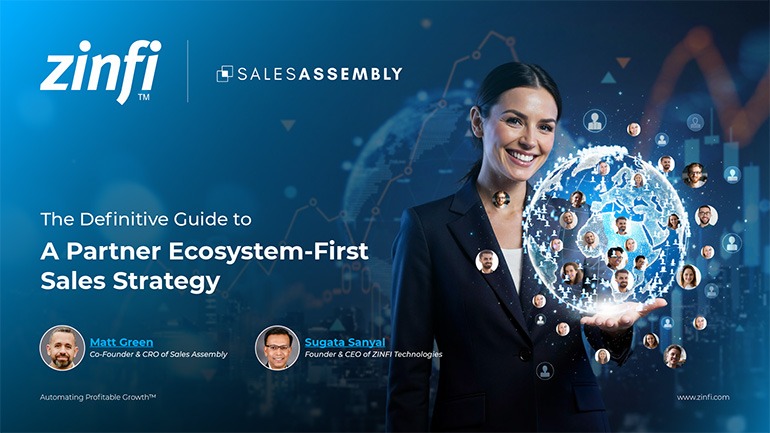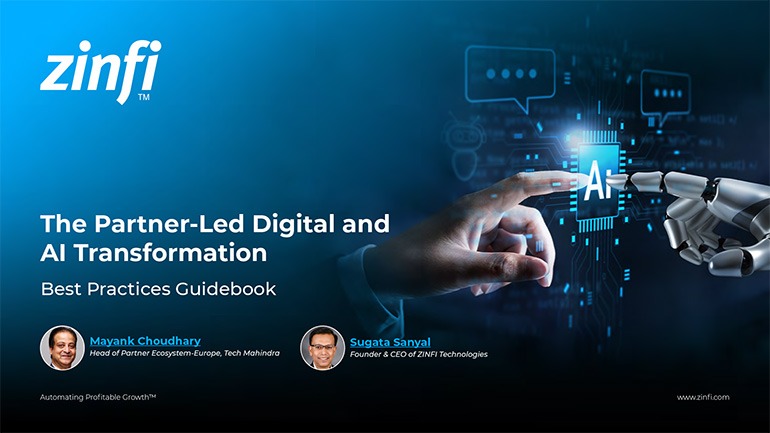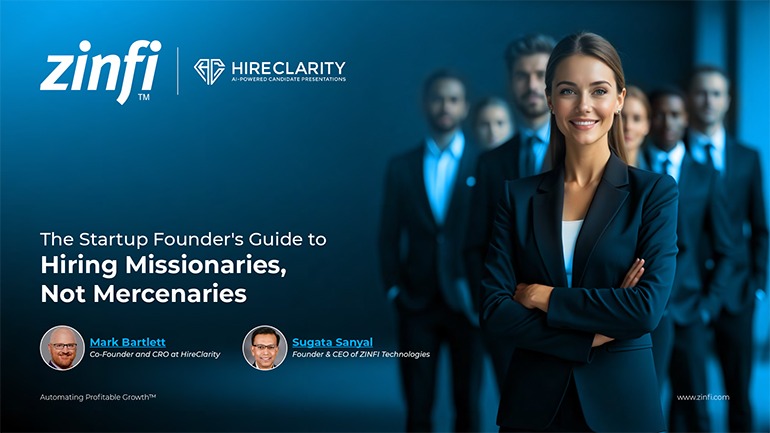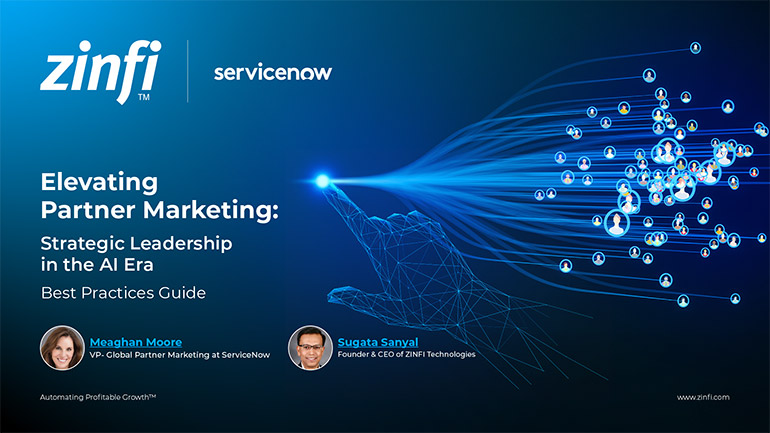The podcast opens with an engaging introduction to Meaghan Moore, setting the stage for a deep dive into her remarkable professional journey. From her early fascination with Japan and technology, Meaghan's narrative illustrates a career built on adapting to and leading through significant industry shifts. Her formative years in Silicon Valley laid the groundwork for a robust understanding of the tech landscape, beginning with foundational roles in hardware-centric companies like Quantum. This initial phase provided invaluable exposure to core business operations and the mechanics of bringing technology to market, shaping her pragmatic approach to subsequent leadership challenges. Her commitment to understanding the nuances of tech's evolution became a hallmark of her career, preparing her for the expansive roles that followed.
As the conversation progresses, Meaghan eloquently describes the pivotal transition from a hardware-dominated industry to the burgeoning software and services sector. This shift was not merely a change in product focus but a fundamental reorientation of business models and partner engagement strategies. Companies like Veritas, Motorola, HP, and SAP became critical stages in this evolution, where Meaghan honed her expertise in channel development and ecosystem building. She emphasized the profound difference between selling physical products and delivering intangible solutions, requiring a more collaborative and integrated approach with partners. This period solidified her reputation as a "builder" in the channel space, capable of constructing effective frameworks for growth in complex, rapidly changing environments.
Meaghan’s deep experience across various facets of the technology industry, including hardware, software, and professional services, gave her a unique, holistic perspective on partner ecosystems. Her early career taught her the discipline of tangible product management, which later informed her strategic thinking when dealing with more abstract software solutions. This comprehensive background is crucial to her role at ServiceNow, where she leverages years of diverse experience to drive global partner marketing initiatives. The foundation built during these formative years influences her strategic decisions, enabling her to foresee market trends and cultivate robust, scalable partnerships that deliver sustained value in the modern tech landscape.

